Storm No. 3 with its strong winds and heavy rains has severely affected agricultural production. Thousands of hectares of rice and vegetables were flooded. Immediately after the storm, localities and units focused on draining water to save rice and vegetables.
On the morning of September 8, An Quoc Pumping Station (Kien Xuong) operated 8/8 machines with a total capacity of 32,000m3/hour.
Many areas of rice and crops were damaged.
On the morning of September 8, although it was still raining, local farmers rushed to the fields to check the rice. In many areas, the water level in the fields was about 2/3 of the rice plants.
Officials of Thai Giang commune (Thai Thuy) check the impact of storms on winter-spring rice.
Ms. Le Thi Thanh, Phat Loc Dong village, Thai Giang commune (Thai Thuy) said: Farming is no different from gambling with the sky. Before the storm, the rice was very good, holding the ears and preparing to bloom. Heavy rain and strong winds caused the rice leaves to be torn, some areas had ears that were dislocated, and the ears were completely flooded. If the water does not recede quickly, just 2-3 days of flooding will cause great damage to the yield due to ear rot or blackening of the rice when it blooms.
Mr. Nguyen Van Khuong, Chairman of Thai Giang Commune People's Committee, said: 380 hectares of winter-spring rice in the commune are growing and developing well, expected to bloom from September 10 to 15. However, due to the impact of storm No. 3, 15 hectares of rice in the alluvial fields of Phat Loc Dong and Phat Loc Trung villages were flooded, 50 hectares of rice were damaged, the remaining area had a very high water level, and the rice panicles were flooded. Thai Giang does not have a pumping station, and drainage is mainly through two main rivers: Tien Hung River and Tra Ly River. Currently, the water level on the main river system is high, the ability to drain slowly, so there is a risk of greatly affecting rice productivity.
In Dong Tan commune (Dong Hung), storm No. 3 also caused 30% of the rice field that had flowered to fall. Mr. Lai Khac An, Director of Dong Tan Commune Agricultural Service Cooperative, said: In addition to 30% of the rice field that fell, the remaining field was hit by strong winds that blew leaves and dislocated ears. The cooperative is directing farmer groups to clear the flow to facilitate drainage; recommending that farmers do not apply single nitrogen fertilizers or spray stimulants through leaves to limit pests and diseases, and actively inspect the fields, paying attention to pests such as brown planthoppers.
In recent days, the province has had heavy and very heavy rain. The average rainfall in the whole province is over 200mm, especially in some places the rainfall is nearly 420mm. Heavy rain over a wide area along with strong winds of level 9, level 10, gusts of level 12 have caused 6,000 hectares of rice to be damaged by 30-70%, 5,000 hectares of rice to be damaged by over 70%, 18,000 hectares of rice to be tilted and flooded. In addition, over 3,300 hectares of vegetables and nearly 1,400 hectares of fruit trees were affected.
Focus on timely flood control measures
To overcome the damage caused by storm No. 3, the Provincial People's Committee has directed the agricultural sector, localities and units to open drainage sluices, mobilize all means to clear the flow to drain water quickly. From 8:45 a.m. on September 8, An Quoc pumping station, Quoc Tuan commune (Kien Xuong) operated 8/8 units with a total capacity of 32,000 m3 /hour to drain water for 600 hectares of agricultural production in Quoc Tuan and An Binh communes.
Mr. Tran Hoai Nam, Head of Tay Son Cluster, Kien Xuong District Irrigation Exploitation Enterprise said: We arrange 100% of our staff to be on duty, taking turns to continuously check and monitor the voltage and heat dissipation of the pump motor; remove duckweed, trash, and obstacles in front of the screen doors to prevent blockages, ensuring the pumps operate safely, effectively, and drain water to the maximum.
At the Northern irrigation system, the unit has operated two pumping stations: Ha Thanh (Hung Ha) and Hau Thuong (Dong Hung) since the morning of September 8.
Mr. Bui Van Kha, Deputy Director of Bac Thai Binh Irrigation Works Exploitation Company Limited, said: In addition to operating 2 pumping stations, from 3:00 a.m. on September 8, we have been able to drain water naturally through the river and sluice system. We opened up to 10 Tra Linh sluice gates, Tra Ly riverbank opened drainage from Quan Hoa sluice (Dong Hung) to the sea; Hoa riverbank opened from Dai Than sluice (Quynh Phu) to the sea. Due to power problems after the storm, some pumping stations could not operate. The company has assigned staff and workers to be on duty 24/7 at the construction site, ready to operate the drainage pumps when there is electricity.
Households growing kumquat trees in Dong Hoa commune (Thai Binh city) use small pumps to urgently drain water for kumquat trees.
Quickly restore production
To minimize damage caused by storms, the agricultural sector recommends that localities proactively take technical measures. For areas of green rice, if they are knocked down by storms and heavy rains, farmers should be instructed to set up and tie rice to prevent rice seeds from germinating on the panicles; drain the water from the fields and spray pesticides to prevent planthoppers and brown spot disease that occurs after heavy rains. Areas of rice that have not yet flowered should pay attention to drainage to avoid rice panicles being submerged in water, which will rot, greatly affecting productivity.
Engineer Pham Thi Tuoi, Agricultural Extension Center said: After storms, rice falls, the risk of infection with pests and diseases such as planthoppers, leaf blight, and brown spot is very high. Therefore, farmers need to spray to prevent the above objects when the weather is favorable. Particularly for the area preparing to flower, spray to prevent black grain disease. For crops, promptly drain water, clear the flow, do not let water stay in the field for a long time, causing root rot and stem rot. Areas that can still recover need to prune crushed trees and leaves, and spray to prevent root rot. When the weather is favorable, weed, break the crust, spray KH and superphosphate to stimulate root development, and add fertilizer to help plants recover quickly.
The province proposed that the Government, ministries and central branches support production losses according to Decree No. 02/2017/ND-CP of the Government on mechanisms and policies to support agricultural production to restore production in areas damaged by natural disasters and epidemics; support plant varieties to restore production.
Ngan Huyen
Source: https://baothaibinh.com.vn/tin-tuc/4/207447/khan-truong-tieu-thoat-nuoc-bao-ve-lua-rau-mau


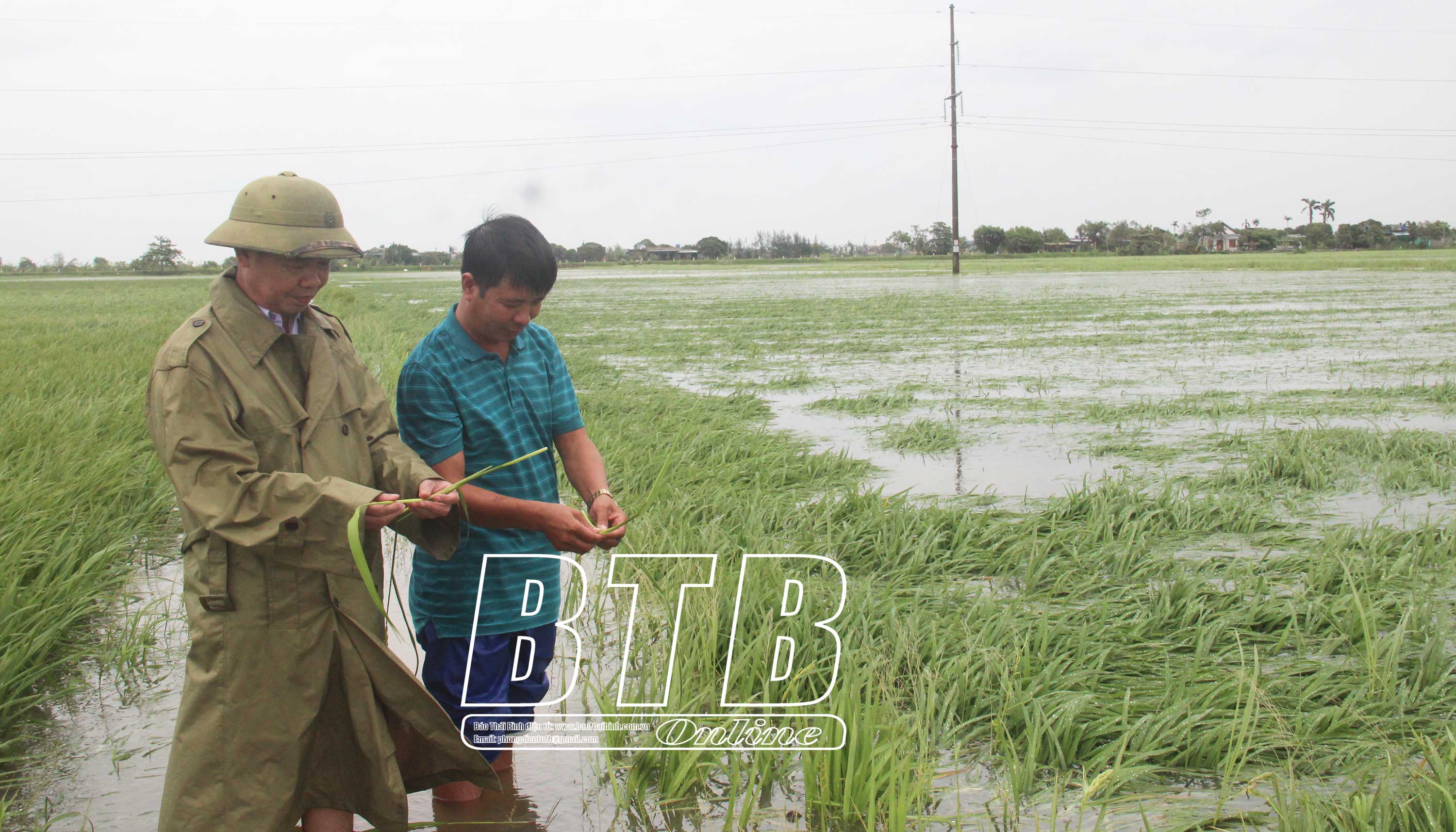
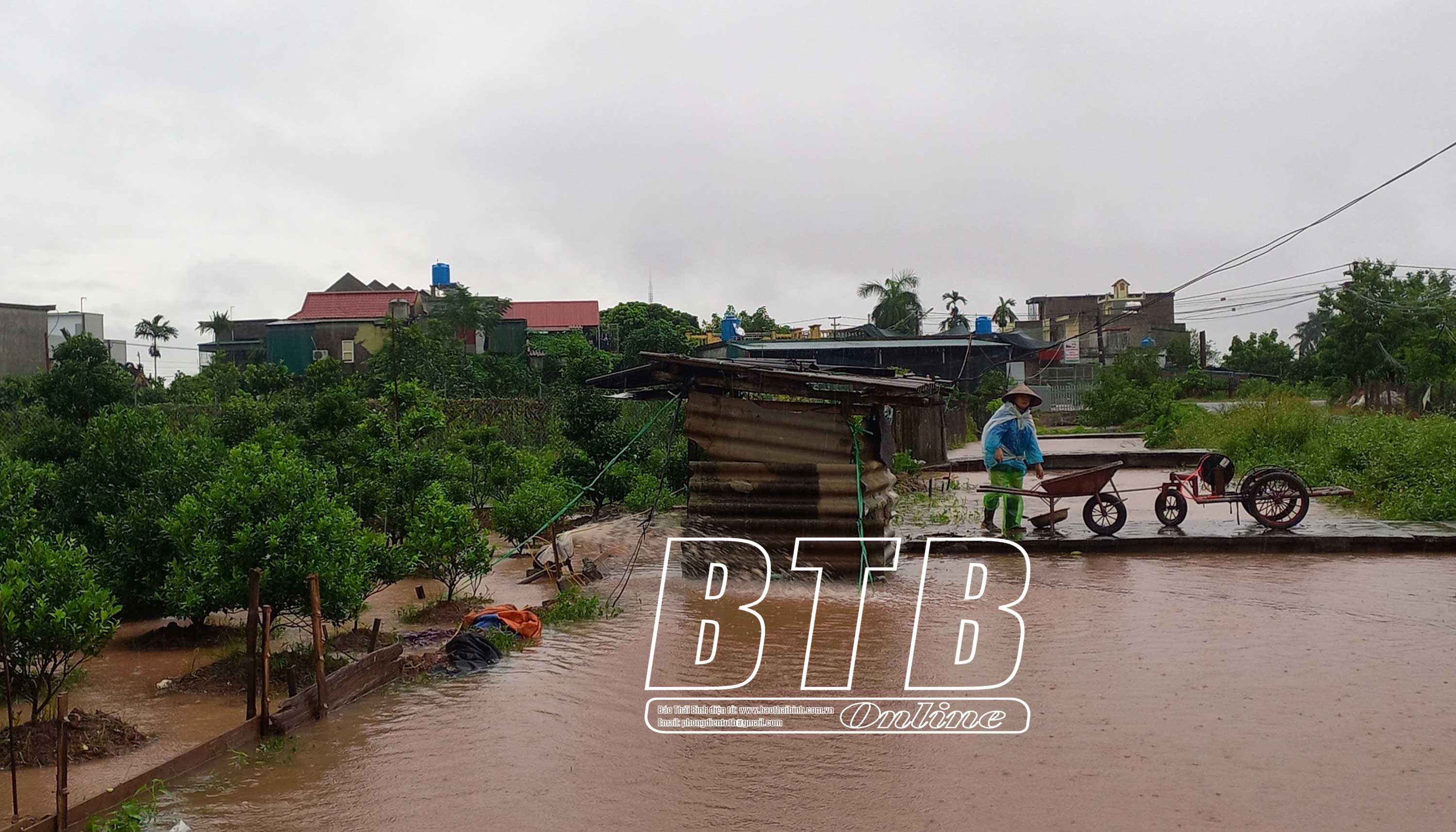
![[Photo] Closing of the 4th Summit of the Partnership for Green Growth and the Global Goals](https://vstatic.vietnam.vn/vietnam/resource/IMAGE/2025/4/17/c0a0df9852c84e58be0a8b939189c85a)
![[Photo] Nhan Dan Newspaper announces the project "Love Vietnam so much"](https://vstatic.vietnam.vn/vietnam/resource/IMAGE/2025/4/17/362f882012d3432783fc92fab1b3e980)
![[Photo] General Secretary To Lam receives French Ambassador to Vietnam Olivier Brochet](https://vstatic.vietnam.vn/vietnam/resource/IMAGE/2025/4/17/49224f0f12e84b66a73b17eb251f7278)
![[Photo] National Assembly Chairman Tran Thanh Man meets with outstanding workers in the oil and gas industry](https://vstatic.vietnam.vn/vietnam/resource/IMAGE/2025/4/17/1d0de4026b75434ab34279624db7ee4a)

![[Photo] Promoting friendship, solidarity and cooperation between the armies and people of the two countries](https://vstatic.vietnam.vn/vietnam/resource/IMAGE/2025/4/17/0c4d087864f14092aed77252590b6bae)




















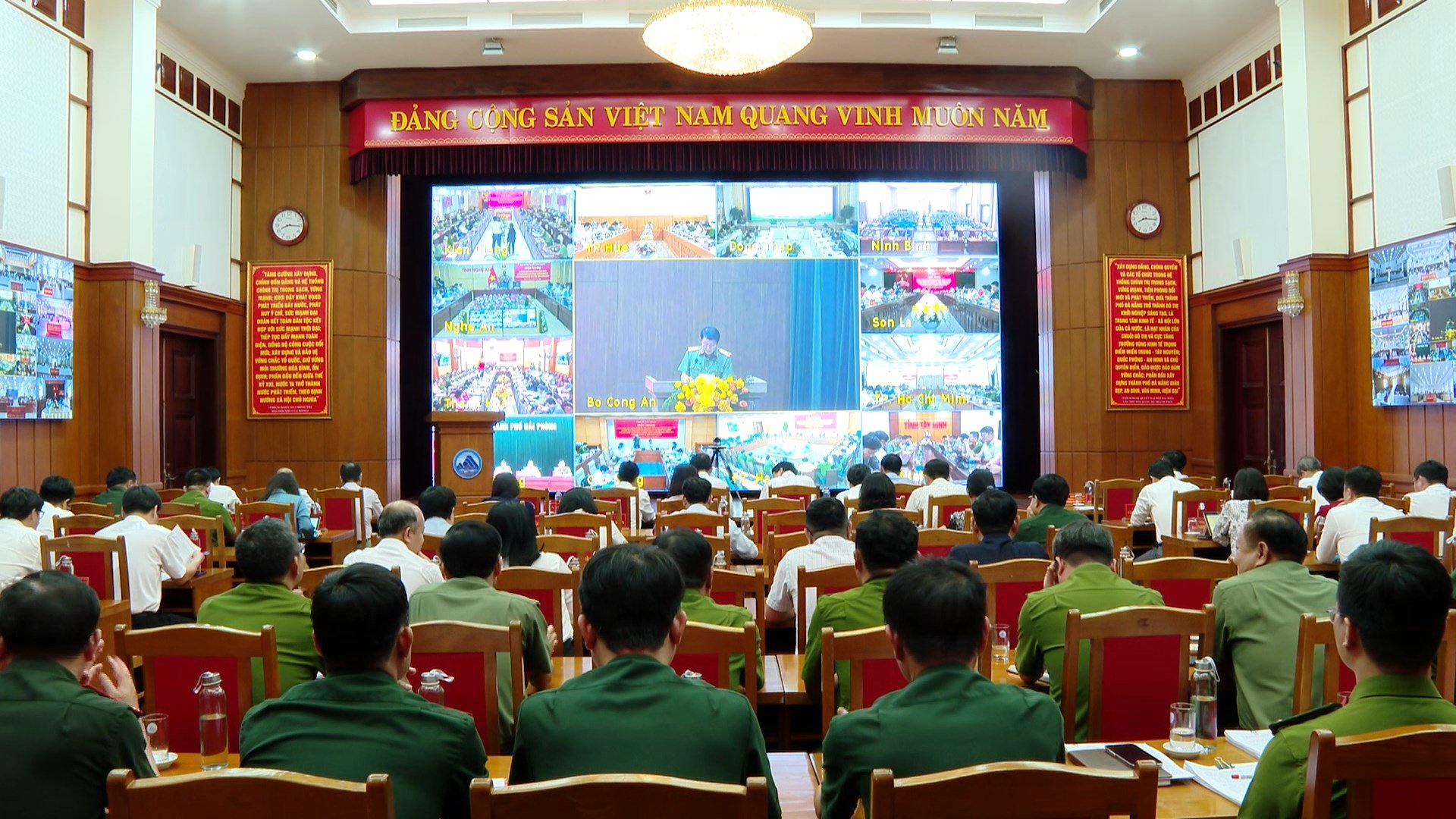

![[Photo] Welcoming ceremony for Chinese Defense Minister and delegation for friendship exchange](https://vstatic.vietnam.vn/vietnam/resource/IMAGE/2025/4/17/fadd533046594e5cacbb28de4c4d5655)




























![[Video] Viettel officially puts into operation the largest submarine optical cable line in Vietnam](https://vstatic.vietnam.vn/vietnam/resource/IMAGE/2025/4/17/f19008c6010c4a538cc422cb791ca0a1)

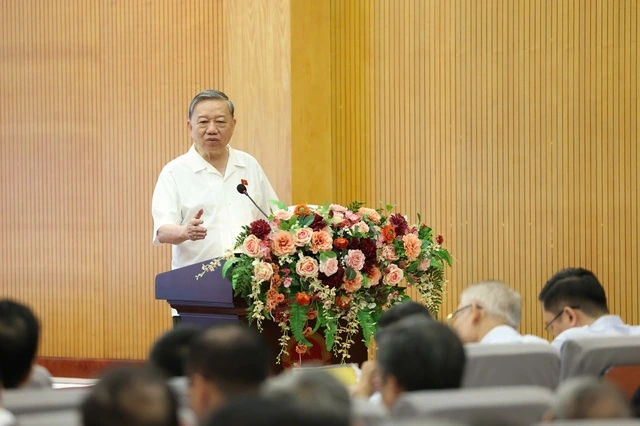





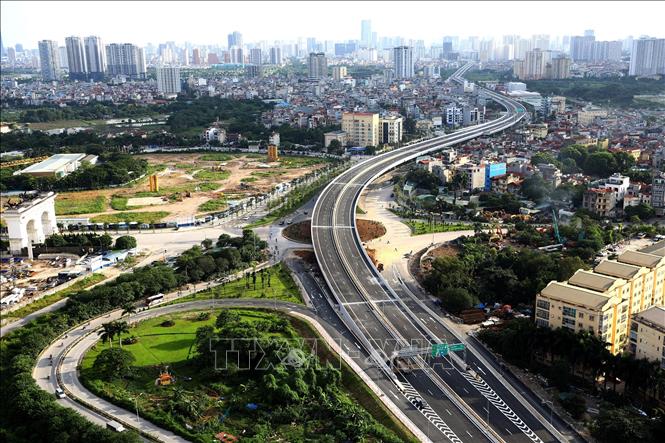




























Comment (0)